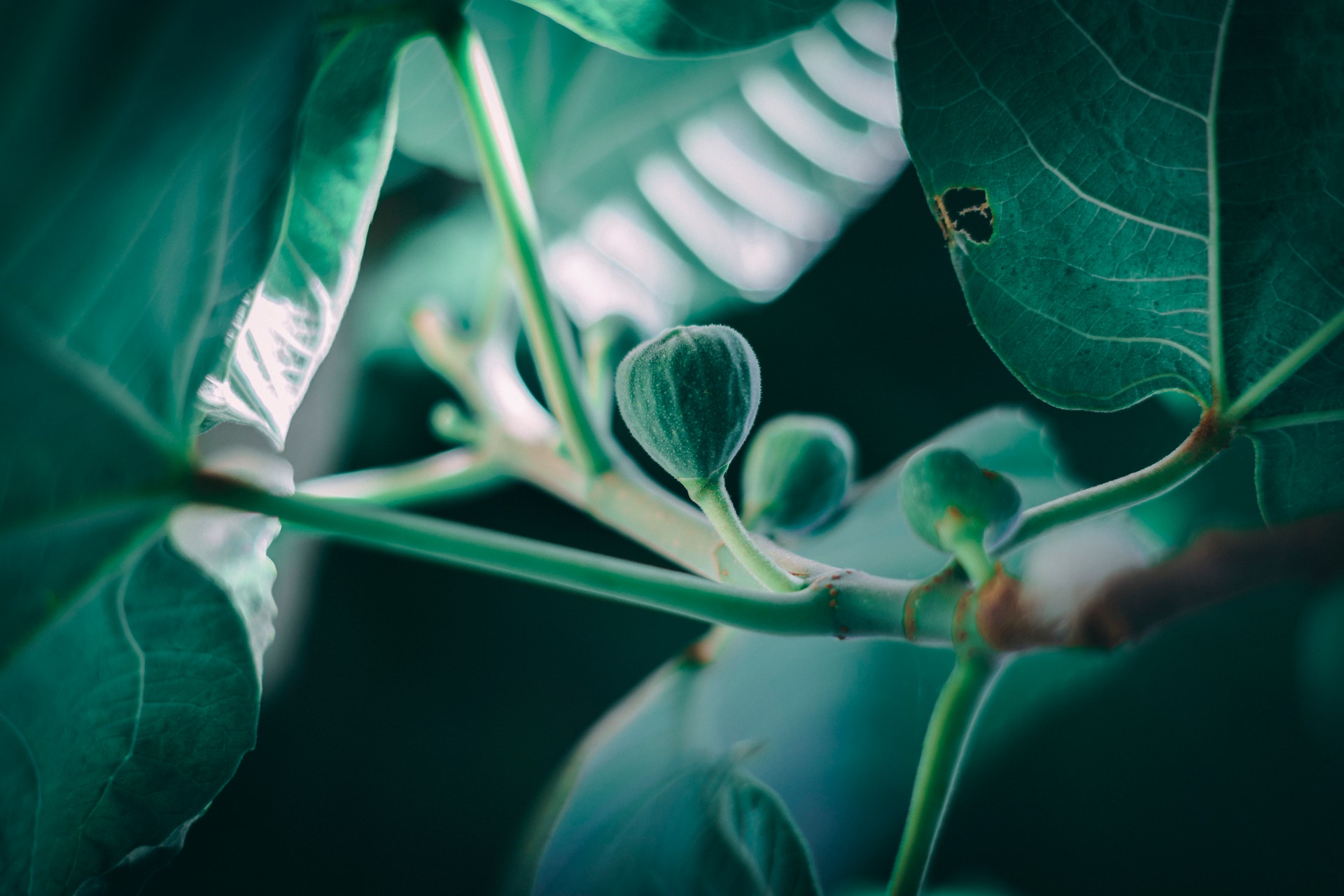Naphthoquinones are widely occurring natural phenolic compounds. Naphthoquinone is structurally naphthalene-like. Two common isomers of parent naphthoquinones are1, 2- Naphthoquinone and 1,4- Naphthoquinone. A few examples of naturally occurring naphthoquinones are Alkannin, Juglone, Lapachol, Lawsone, Menatetrenone, Nigrosporin B, Phylloquinone, Plumbagin, Vitamin K, etc. whereas synthetic naphthoquinones are Menadione, Atovaquone, Buparvaquone, Diazonaphthoquinone, etc.
It is yellow or orange colored pigments, mainly found in Angiosperm families such as Ebanaceae, Droseraceae, and Bignoniaceae. They are generally 1,4- naphthoquinones and rarely 1,2-naphthoquinones.
They are bacterial and fungal products and are also obtained from the secondary metabolism of higher plants. A few examples are lawsone, juglone and plumbagin occur most widely in nature. They are cytotoxic, antibacterial, antifungal, antiviral, insecticidal, anti-inflammatory, and antipyretic. It also possesses a pharmacological effect on cardiovascular and reproductive systems. Their mechanism is quite large and complex. They bind with DNA and inhibit the replication process. They interact with enzymes and create disturbance in cell and mitochondrial membranes. They also interfere with electrons of the respiratory chain in mitochondrial membranes. The plants containing naphthaquinone are widely used in China and South America for malignant and parasitic disease treatment.

Free quinones are water-insoluble. It can be extracted with common organic solvents and can be separated by chromatography. It is obtained from steam distillation. They are fairly stable but artifacts are formed e,g. 7-methyljuglone upon oxidation by silica gel yields methylnaphtharizin and its dimer or methoxylation of naphthaquinones by using methanol.
Chemical Test for Naphthoquinones
1. Juglone test: Take chloroform extract (2 ml) and treat it with ethyl ether (2 ml) with dilute ammonia solution. Pink colour develops which indicates the presence of naphthoquinones.
2. Dam-karrer test: Add potassium hydroxide solution (10 percent) into chloroform extract (2 ml) of the drug, blue colour appears, indicates the presence of naphthaquinones.
Make sure you also check our other amazing Article on : Pharmacognosy of Aloe
